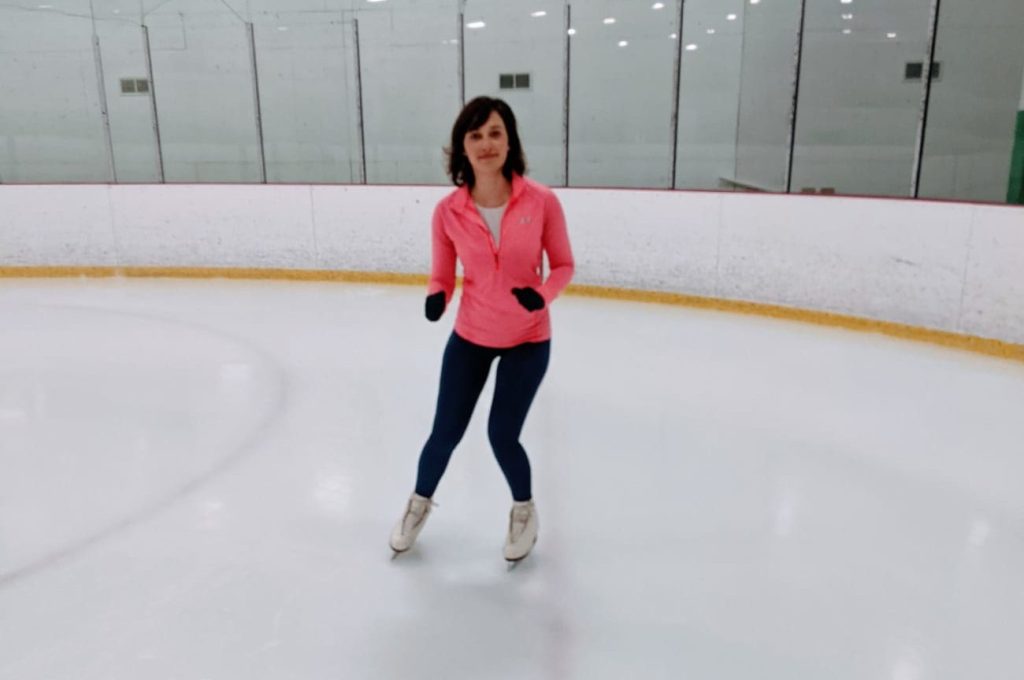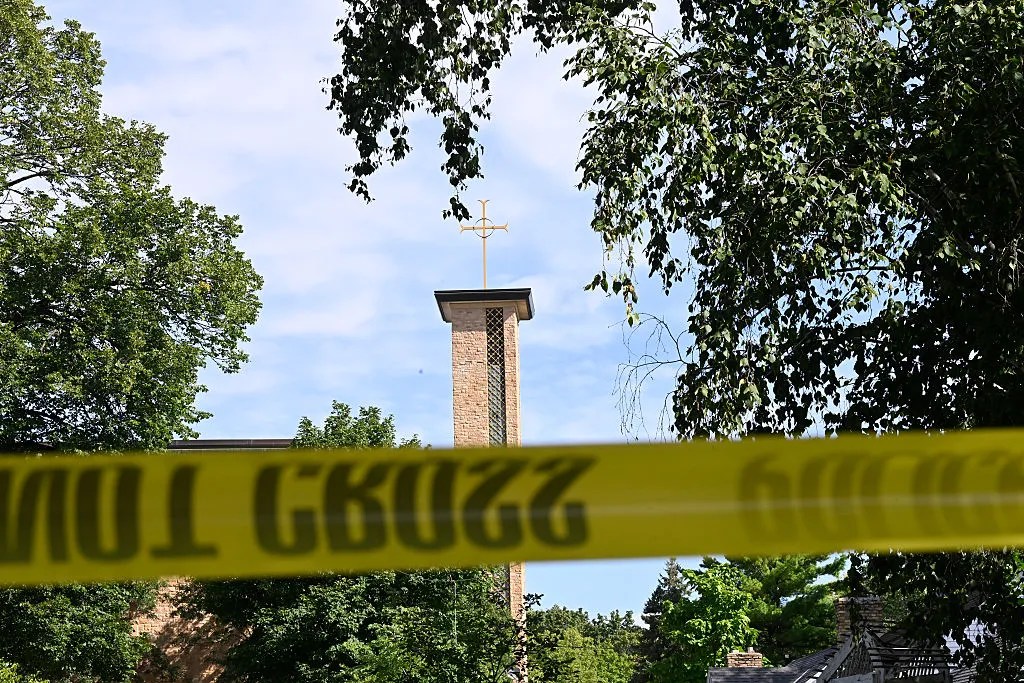When I worked in a skyscraper in Midtown Manhattan rather than on my couch in Pennsylvania, I used to go skating in Bryant Park on clear winter mornings, for the fresh air and light exercise. A troupe of figure skaters claimed the center of the ice in the pre-tourist hours, commanding everyone’s admiration: they used the tight space to execute tidy jumps and corkscrew spirals without crashing into graceless pedestrians-on-ice like me.
Now COVID-related restrictions have left me with buckets of free time where commutes and happy hours used to be, and I’m looking to learn a new hobby. The figure skaters at Bryant Park have spent years practicing their sport, sure, but I have this advantage to help me make up for lost ice time: my father is the general manager of the local rink. This situation mostly benefits my two-year-old nephews, who appear to have their first inkling of religious experience watching Pop drive the Zamboni, but now I’m going to claim some privilege at the rink as well, by signing up for private lessons.
I turned up for my first session at 9 a.m. on a Saturday in December. The trophy cases in the lobby still have framed photos of my older brother Pat, #9, who as a teenage hockey player was a champion center and college recruit while I toiled over the hot-chocolate machine in the snack bar for $6 an hour. (I used to get in trouble for reading novels during slow periods instead of, say, cleaning the pizza warmer, but the joke’s on me: when I grew up and got a job in book publishing, my starting salary was probably less.)
My instructor Cari administers a basic skills test in the first 10 minutes of our half-hour lesson. ‘Strokes’, where one leg at a time pushes off the ice diagonally to propel me forward: check. ‘Snowplow stops’, in which blades push against the ice on a slant, creating enough friction to halt forward motion: shaky and requiring three to four feet of clearance, but OK. ‘Swizzles’, tracing hip-width circles with my skates, out then in, creating momentum on each pull: no problem. ‘Swizzle pumps’, the same, but with only one leg swizzling while the other stays stable. By the time we get to ‘backward wiggles’, I have noticed that most of these techniques sound like they were named by children, perhaps because they were named for children.
;768:[300×250,336×280,320×100];0:[300×250,320×100,320×50]”]
The average age of my companions on the ice during my lesson is about 14, and they’re all literally leaps and bounds ahead of me, skill-wise. The tweens practicing for their Christmas showcase have much more room on this ice than their counterparts in Bryant Park, and they use it for building terrifying speed in low, wide loops, propelled along by show tunes, the stadium rock of figure skaters. (The AC/DC of the youth hockey tournament is here supplanted by Idina Menzel.) At the end of our first lesson, Cari calls me a ‘superstar’. I’m skeptical.
I stick around for an hour or so to practice my new skills as Coach Dad observes grimly from the penalty box, occasionally waving me over to give me brief physics lessons on topics like momentum and gravity, and to issue helpful little koans like: ‘If you can do it forward, you can do it backward.’ Dad has taught hundreds of kids to skate in this rink, but I’m looking like his biggest challenge yet.
After my session I head over to the rink’s second sheet of ice just in time to watch my five-year-old niece Nezzie take her class. She marches and swizzles triumphantly in her pink tutu and bike helmet, waving to me through the plexiglass. I’m secretly pleased to know that I’m a level or two ahead of her. Also, the helmet isn’t a bad idea.
My second lesson is far more humiliating than my first, when Cari raved over my ability to stay upright at all. Now, I’m expected to execute ‘figure eights’. This involves tracing the face-off circle, making a swizzle pump with one leg, then picking that skate up and crossing it over the other, swizzle pump, crossover, swizzle pump, crossover, then gliding on one leg to the opposite face-off circle and repeating the process to make the bottom half of the ‘8’ — with the other leg half-swizzling and crossing over. And then doing it backwards. I feel like a baby deer learning to walk on splayed legs as little chipmunks — the teen skaters — race in circles around me.
I have a lot to learn from my experiment in skating, beyond just spins and jumps. It’s genuinely humbling to wobble through the basics while other skaters, including Cari’s six-year-old daughter, twirl with an ease I don’t possess on dry land. But the youth skaters’ grace is not effortless: one evening while practicing, I watched a young man fall dozens of times, trying a new jump. And he kept on trying; he hasn’t nailed it yet, but he will, just as I will someday do a backwards crossover without clutching Cari’s arm. Here on the ice, I am learning resilience, persistence, and the words to every song on the soundtrack of the 1997 animated film Anastasia.
;768:[300×250,336×280,320×100];0:[300×250,320×100,320×50]”]Despite my shaky start, Cari remains optimistic about my potential. She’s even talking about entering me into a competition later this month. Perhaps I would medal in Gliding Three Yards on One Foot, and the trophy would be displayed in the lobby next to my brother’s. My dad, too, has offered a vote of confidence I waited a lifetime to hear: ‘You possess basic athleticism’. I can’t wait
to show the skaters in Bryant Park.
This article was originally published in The Spectator’s February 2021 US edition.

























